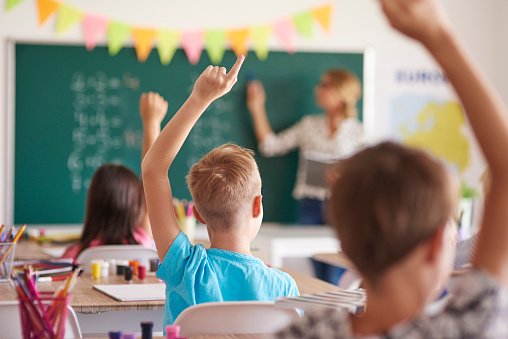Between January – October the Harmful Sexual Behaviour Support Service supported over 700 professionals to tackle the issue of harmful sexual behaviour in children and young people.
With this Support Service, SWGfL and the Marie Collins Foundation worked to support professionals, so they could respond to individual incidents as well as develop suitable and effective policies. Both partners understand just how crucial the Support Service was and have worked together to develop a variety of resources. SWGfL also developed informative training materials, based on the expertise and knowledge of the Harmful Sexual Behaviour Support Service practitioners.
''The Harmful Sexual Behaviour Support Service supported over 700 professionals, highlighting the prevalence of harmful sexual behaviour within various youth environments. This prevalence has heightened, and although the support service has closed, SWGfL wanted to provide professionals with alternative avenues which they can access to develop their approach and understanding of harmful sexual behaviour and how it can impact the young people in their care’’ - Carmel Glassbrook (Professionals Online Safety helpline manager and Harmful Sexual behaviour Lead)
Harmful Sexual Behaviour Resources
The variety of harmful sexual behaviour resources have been designed to ensure that professionals can continue to grow their understanding of harmful sexual behaviour and the steps that can be put in place to support the young people around them.
Each of the free resources focus on different aspects that can allow school staff and other professionals to effectively tackle the prevalent issue of harmful sexual behaviour. The following guidance can now be downloaded from our website, alternatively, professionals can download all resources here.
- School template policy for harmful sexual behaviour - The purpose of this document is to support schools to create a good foundation in understanding, recognising, and responding to incidents of harmful sexual behaviour.
- Risk assessment template – This document can be used by schools and other children organisations to assess the level of risk to the child displaying harmful sexual behaviours and other children around them.
- ‘Writing effective referrals to access services from Children’s Social Services’ - The purpose of this document is to help schools and other organisations (such as care facilities) write effective referrals to their local children’s social services
- Frequently asked questions - These FAQ’s are based on cases that have been reported to the Harmful Sexual Behaviour Support Service and aim to provide some guidance on what to do should you be dealing with something similar.
Professionals in need of further, extensive guidance and advice, can also access the SWGfL Harmful Sexual Behaviour Training modules.
Harmful Sexual Behaviour Online Video Training
Once again, this training has been based on the expertise of the Harmful Sexual Behaviour Support Service, as well as findings and trends from its 10 months of activity. Each training module effectively guides through various aspects of harmful sexual behaviour, making sure that teachers, safeguarding leads and any youth professionals have the understanding they need to handle the issue.
Once these professionals subscribe to the online training, they can access modules that will allow them to understand what harmful sexual behaviour is, the different forms this can take, how this behaviour can be recognised, how the behaviour can be recorded and reported, Ofsted’s expectations and how schools and other settings can support children to report incidents. Alongside these modules, users can also access further professional development and the resources that we have previously mentioned.
Subscribe to the Harmful Sexual Behaviour Training
Despite the closure of the Harmful Sexual Behaviour Support Service, we know just how prevalent the issue continues to be in youth environments, which is why these resources and training materials have been developed. Both the resources and training are vital in making sure that the welfare of children and young people is being prioritised, so please do access any of the guidance that is important to you or your members of staff.
For further guidance and information about how to tackle and recognise harmful sexual behaviour, please visit the Harmful Sexual Behaviour Support Service page.






